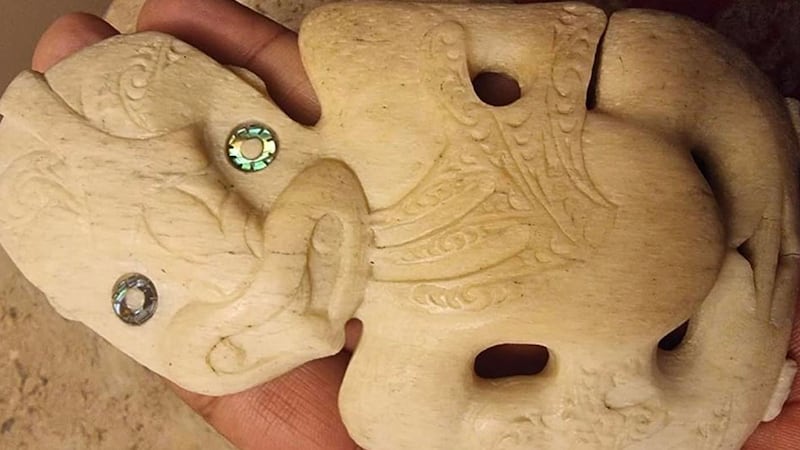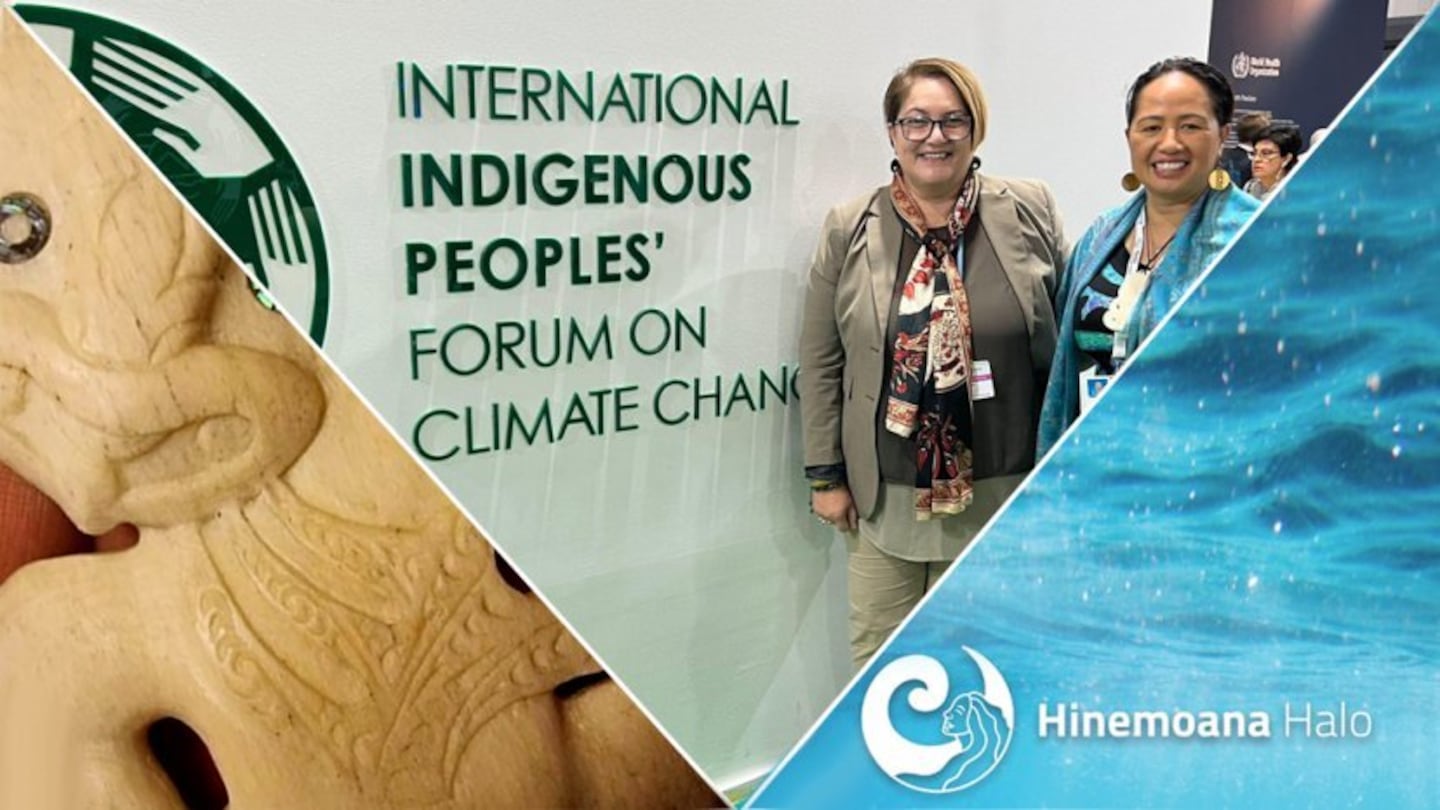Sharm El-Sheik, Egypt: A world first indigenous-led blue carbon regime has been set up in collaboration with the indigenous peoples of Aotearoa, the Pacific and Conservation International Aotearoa.
Launched at the 2022 United Nations Climate Change Conference (COP27) in Sharm El Sheikh in Egypt, the Hinemoana Halo initiative aims to attract investment of $100 million with the goal of achieving self-determined and Indigenous leadership over ocean climate change.
The ocean initiative supports Māori to protect, care for, manage and monitor Aotearoa’s coastal waters and high seas in partnership with local communities, using both traditional approaches and science.
Efforts will focus on marine conservation and providing direct benefits to Māori tribes and coastal communities, from jobs to infrastructure. This will promote inter-Indigenous economic relations and trade across Aotearoa and the Pacific.
Hinemoana Halo will also establish a marine recovery plan with Māori to accelerate the recovery of populations of taonga species, from whales to sea lions, dolphins and manta rays.
"Hinemoana Halo provides a high-impact and scalable solution that will value and finance natural climate solutions in Aotearoa. This will reconnect the nation to its ocean heritage and legacy as kaitiaki (guardians) of the moana (ocean)," Conservation International Aotearoa vice-president Mere Takoko says.
"Hinemoana Halo is an opportunity for iwi to create one of the first indigenous-led voluntary blue carbon regimes in history and to be progressive in this space, building our knowledge and leadership for Aotearoa," Te Rūnanga o Ngāi Tahu chair and NZ Climate Commission deputy chair Lisa Tumahai says.
Hinemoana Halo aims to create ….
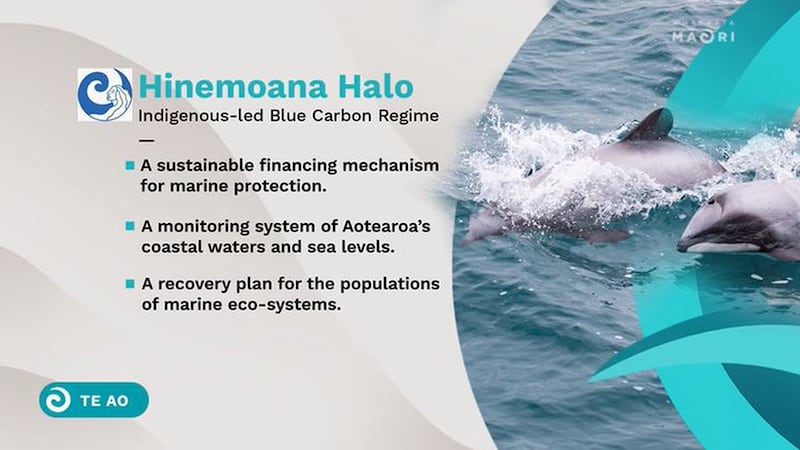
What is blue carbon?
Blue carbon, like green carbon, is simply the name for the carbon that is captured by the world's ocean and coastal ecosystems. Like mangroves, salt marshes and seagrass, these highly productive coastal ecosystems are particularly significant for their ability to store carbon in the plants and sediments below.
Blue Halo is a conservation solution designed to pay for itself. It integrates two elements of marine management often seen as at odds: environmental protection and economic production. Under the Blue Halo model, the economic benefits of sustainable marine management are reinvested in environmental protection, sustaining the natural resources, which underpin economic and livelihood security.
Iwi-led blue carbon initiatives
Members of the Māori delegation presented their case to international investors, highlighting initiatives and aspirations from within their own tribal areas.
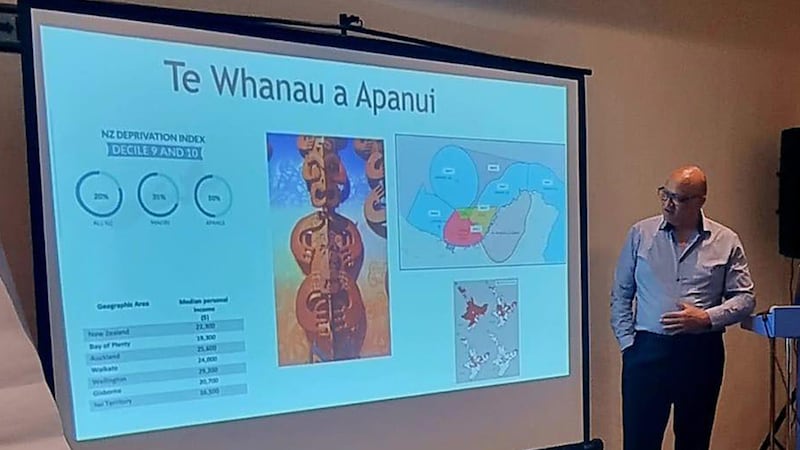
Te Rūnanga o Te Whānau ā Apanui chief executive Rikirangi Gage shared iwi aspirations for a sea garden to develop aquaculture, construction, carbon offsets and aviation fuel. See here for
[ Te Whānau-ā-Apanui case studyOpens in new window ]
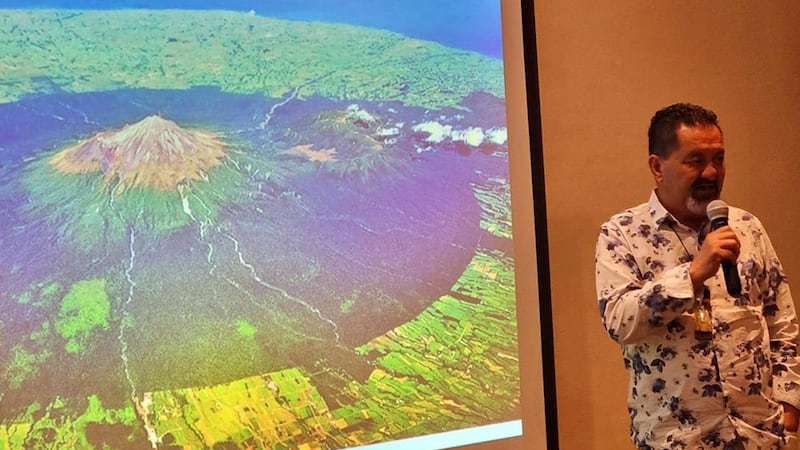
Te Kāhui o Rauru chairman Mike Neho emphasised the effects of pollutants coming from Maunga Taranaki's summit, its impacts on waterways, and the desire to use native plant nurseries as a method of capturing pollution before it reaches the waterways. See here for:
[ An iwi shows how we can adjust and thrive in a changing climate.Opens in new window ]
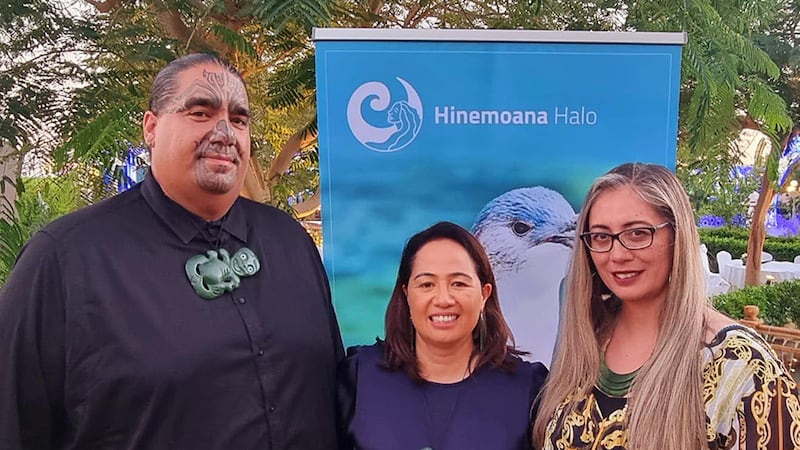
Chairman Aperahama Edwards and Huhana Lyndon shared Ngāti Wai's successful implementation of a rāhui, a traditional protection mechanism that was used to protect Matapouri (known as the mermaid pools) polluted from sunscreen, urine and rubbish from visitors. See here for
[ Rāhui to protect Matapōuri Mermaid PoolsOpens in new window ]
.
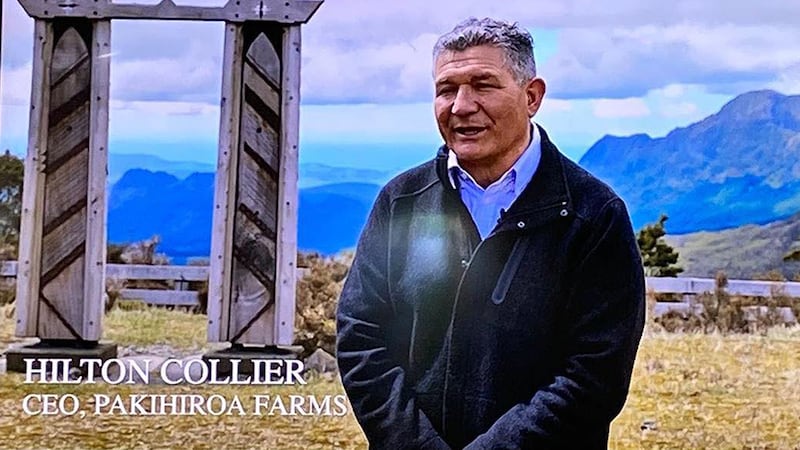
Taiao Connect and Pākihiroa Farms chairman Hilton Collier talked about how Ngāti Porou farms will be in a position to reduce their costs by offsetting the emissions of livestock with eligible vegetation on the whenua such as native bush and riparian planting.
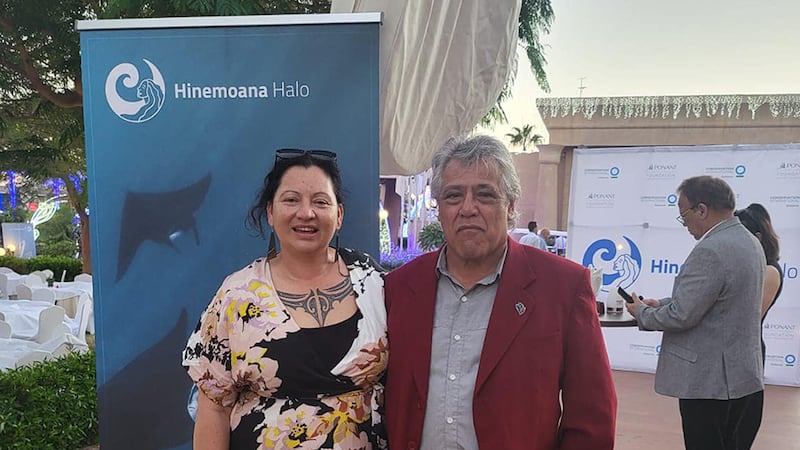
Ngāti Kuri Trust Board strategic leader Sheridan Waitai talked about extensive research and monitoring conducted within Ngāti Kuri boundaries, which has enabled it to gauge the impacts on marine ecosystems.
Ancestress Hinemoana
The name Hinemoana Halo derives from the ancestress Hinemoana, wife of the ancestral connector of Pacific peoples, Kiwa. Hinemoana is personified in a bone-carved taonga made by Rangimarie Rangimarie and is held by the Hinemoana ambassador to hold the life essence of the project.
